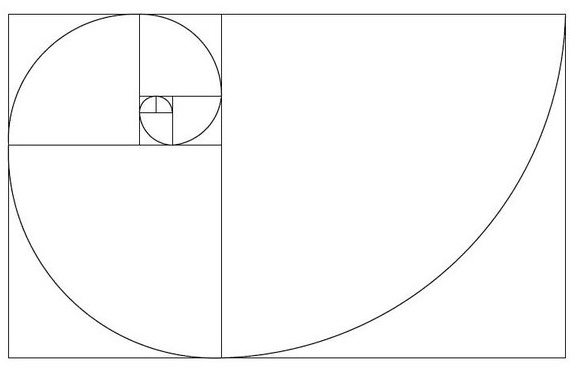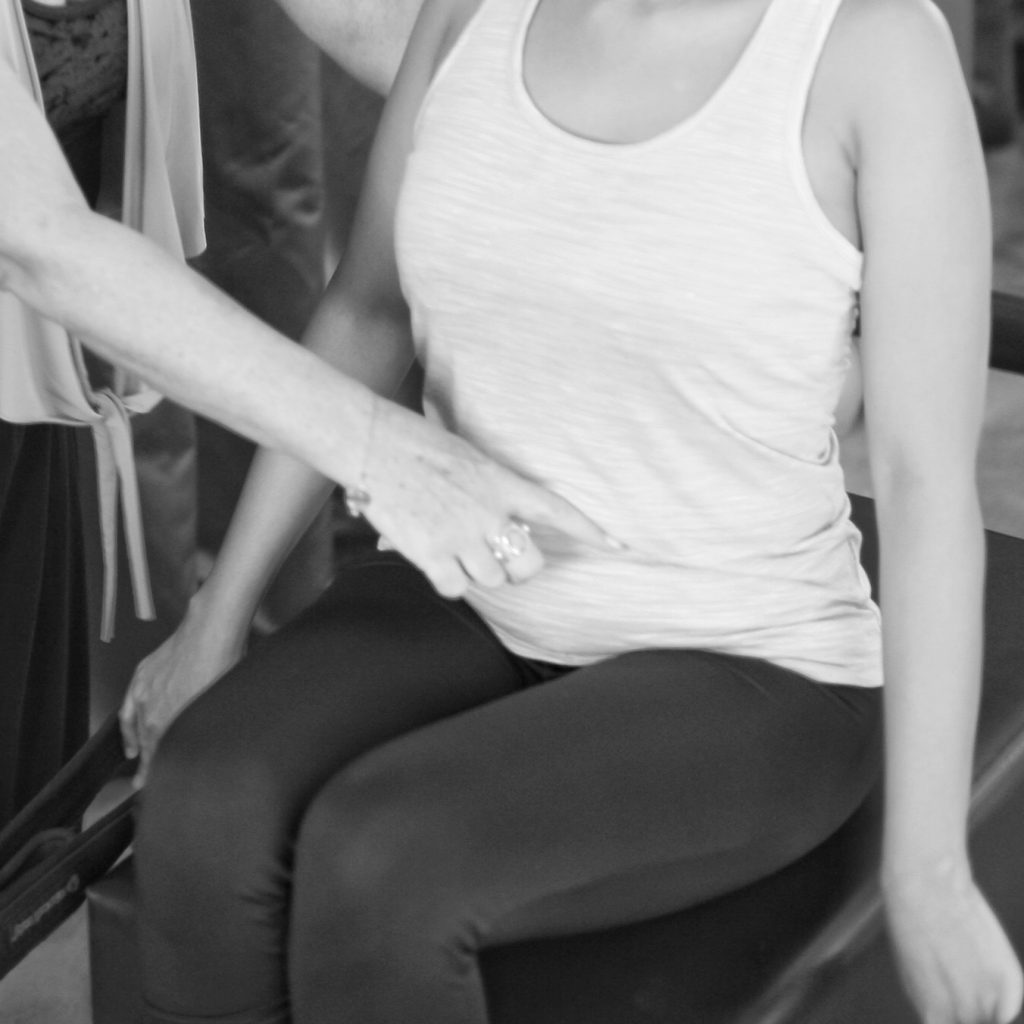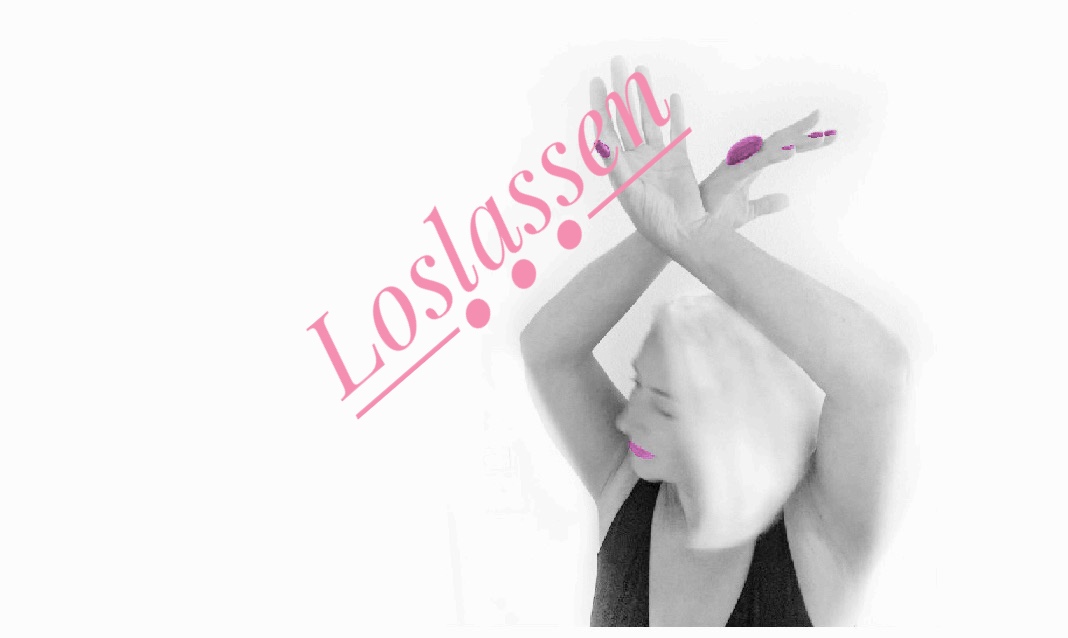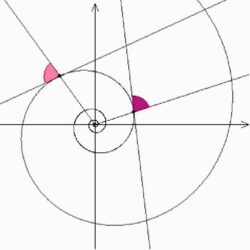Pull your abdomen in !
Pilates in everyday life sounds very tempting, but how does it fit into normal everyday life – between children, work, household, friends, …?
That quickly sounds more stressful than appealing.
But does it have to be that way?

And this “problem” is of course not a modern one! Even during Pilates’s lifetime, the question of how to integrate training into everyday life arose.
In the 1930s, an article appeared in Collier’s Magazine with the headline “Cutting a Fine Figure.”
*Somewhat later, but also in the 1930s, a shorter version of this article appeared in Reader’s Digest under the same title.
The author Marie Beynon Ray was intrigued by the hype surrounding Joseph Pilates’ studio in New York at the time, and became curious about his work and the man Joseph Pilates.
Joseph’s clients came from a wide variety of backgrounds: dancers from the New York City Ballet, actors and singers from Broadway and the opera, as well as boxers and injured athletes who used Pilates as a form of rehabilitation, and ‘ordinary’ people who wanted to become or stay fit.
Most people visited his studio several times a week, and at that time, his studio had a full waiting list.
This was likely also one of the reasons for the design of the first Wunda Chair—a smaller and lighter version of the reformer that could fit into New York City apartments, allowing experienced reformer users to train in their own homes, independent of studio visits.
Joseph Pilates not only explained his method, its results, and goals to Marie B. Ray. He also placed great emphasis on the sustainable change or correction of physical imbalances and poor posture, which he attributed to the modern lifestyle of (especially) urban dwellers (sedentary lifestyle with little exercise) and their diet (based on fast food).
Contrology (as he called his method) does not just take place in his studio, but every Contrology student incorporates this method into their daily life.
The key points are:
- Breathe deeply and consciously (diaphragmatic and thoracic spine stretches)
- Walk, stand, and sit upright (two-way spinal stretches)
- Exercise outdoors daily (Joseph himself walked long distances through Manhattan every day)
- Expose your body to as much fresh air and sunshine as possible
When the reporter asked him whether he had any easy-to-implement tips for her readers on how they could strengthen and support their posture and thus their health, he answered succinctly:
“Pull your abdomen in!”
And this is the very sharp and short summary of the following exercise:
- Stand up straight
- Pull in your stomach
- Push your pelvis forward (without particularly tensing your buttocks, but so that your spine lengthens even more)
- Relax your knees (do not bend or straighten them!)
- Breathe deeply and evenly
- and hold this position for as long as possible!
The goal is to hold this position and count to 100 – and to do it regularly so it becomes a habit… like breathing!
Of course, you don’t want to and should not constantly walk around with your stomach sucked in (that would also be counterproductive!)
But the natural activation of the body’s own “corset”, combined and in harmony with conscious breathing, is an important step towards improving overall posture.
“Life needs movement, and that is not just tension or relaxation, but the rhythmic alternation between the two.”
Dr.Helga Pohl
So, if you don’t have a mat handy and don’t have enough time for a daily Pilates session, then take Joe’s advice to heart:
Pull your abdomen in !


